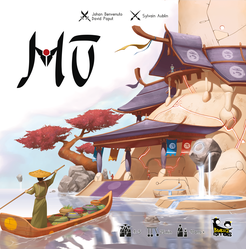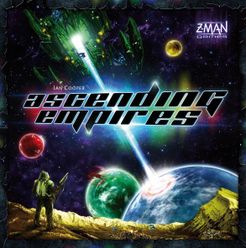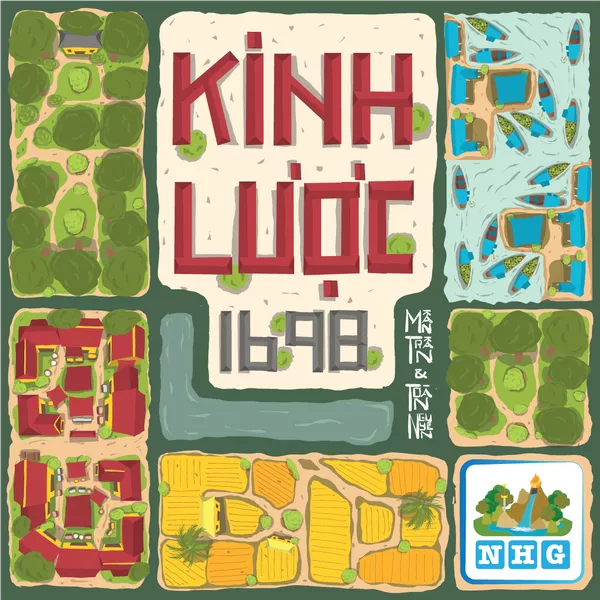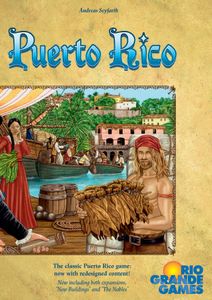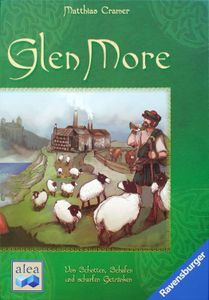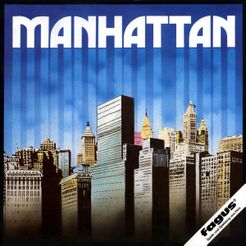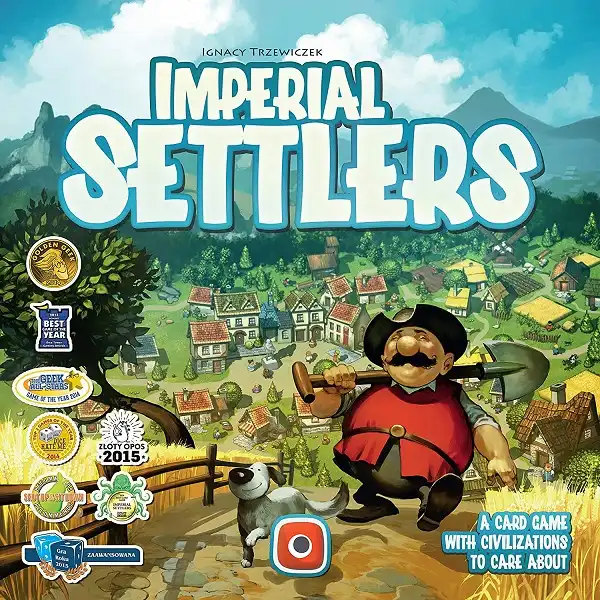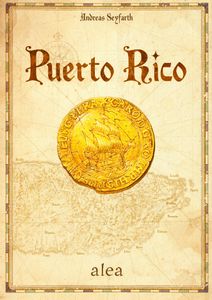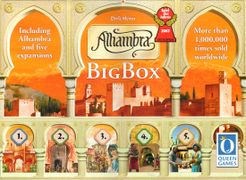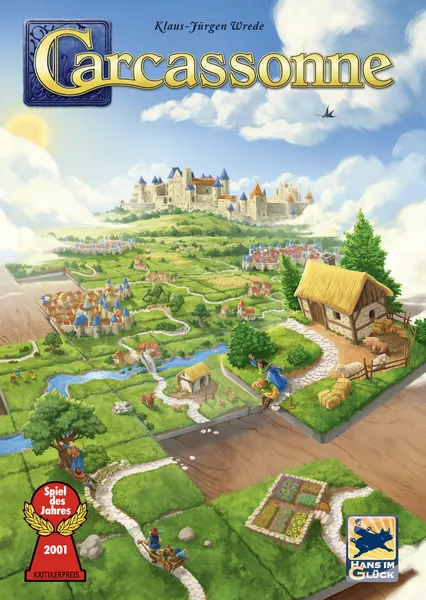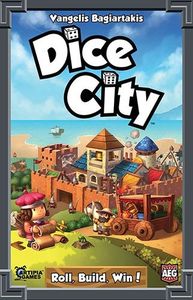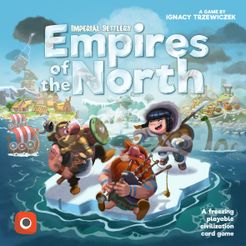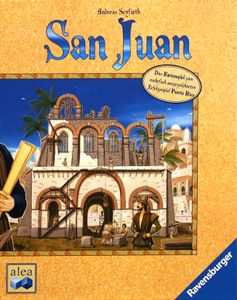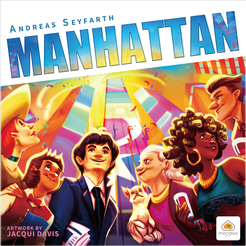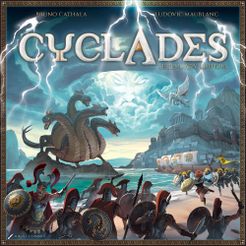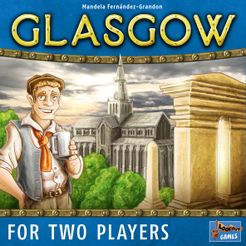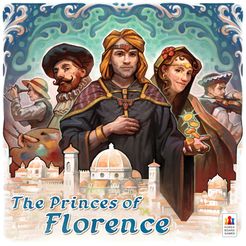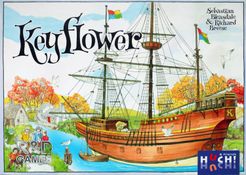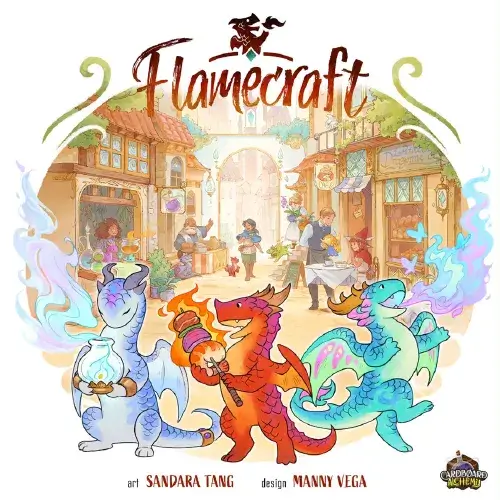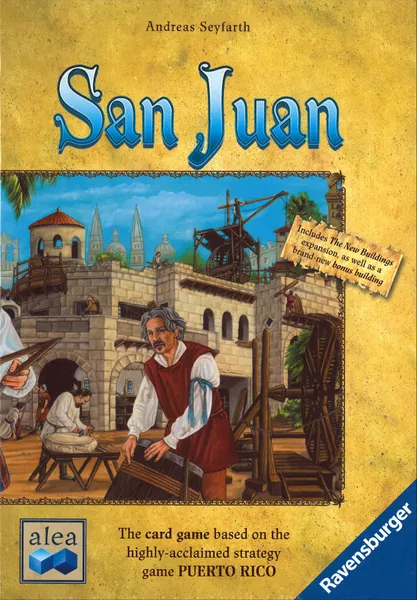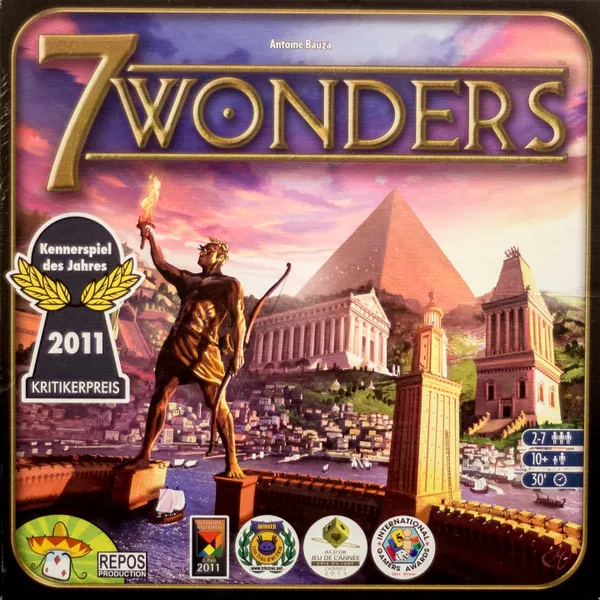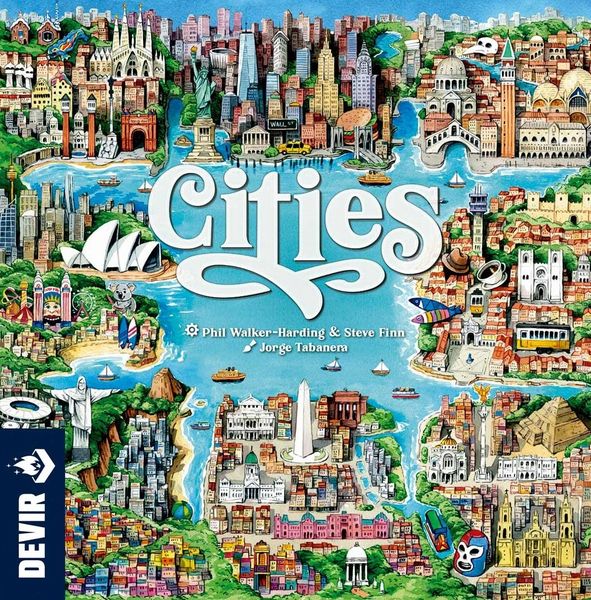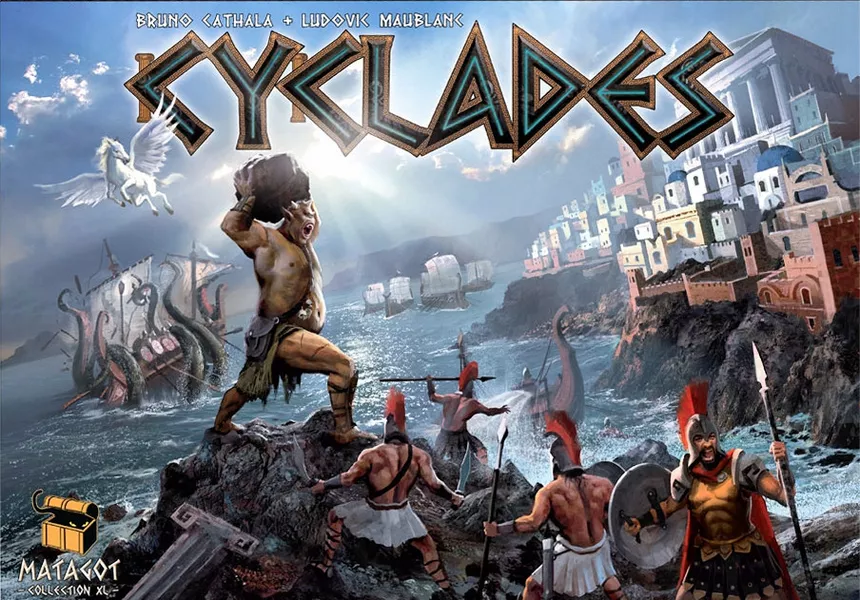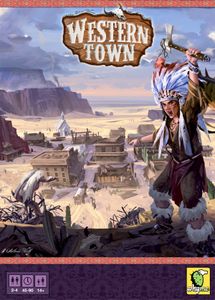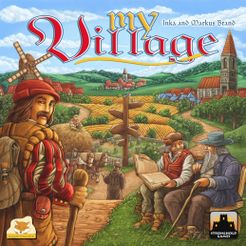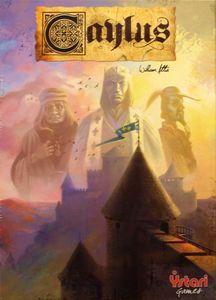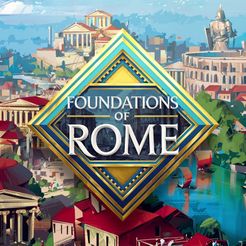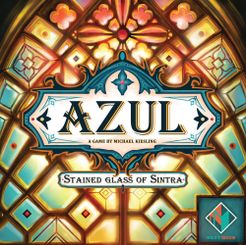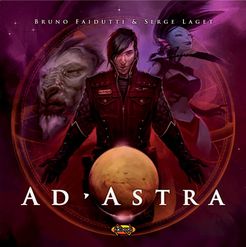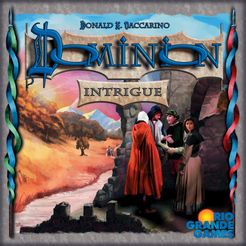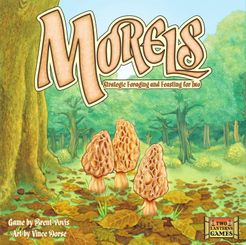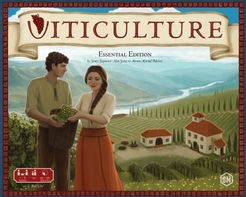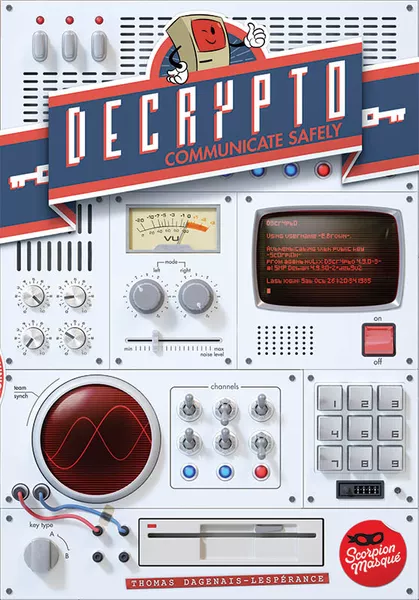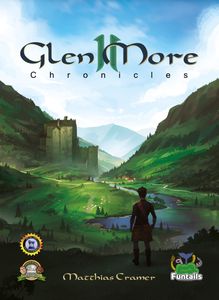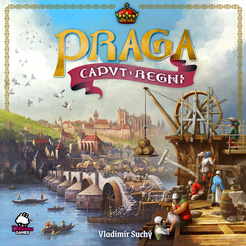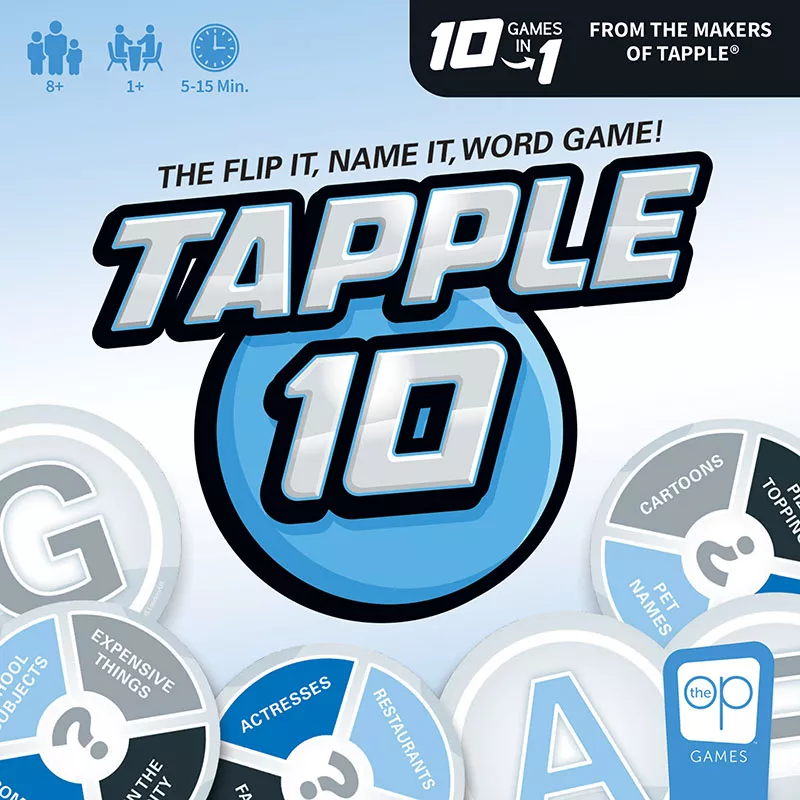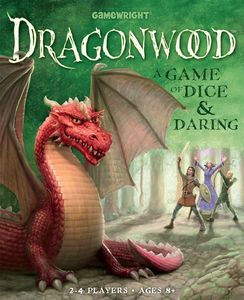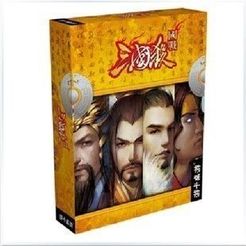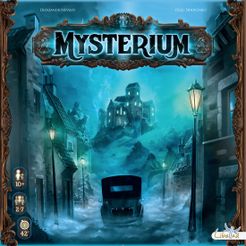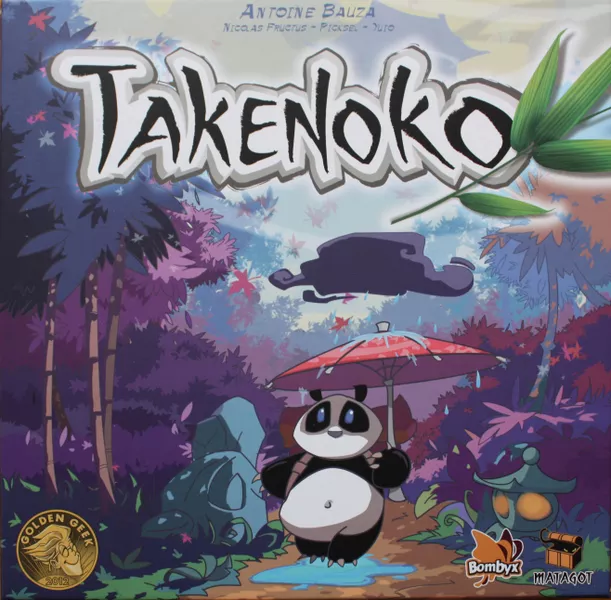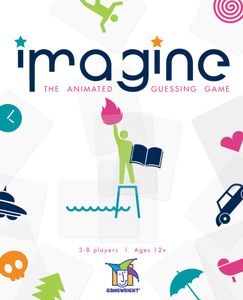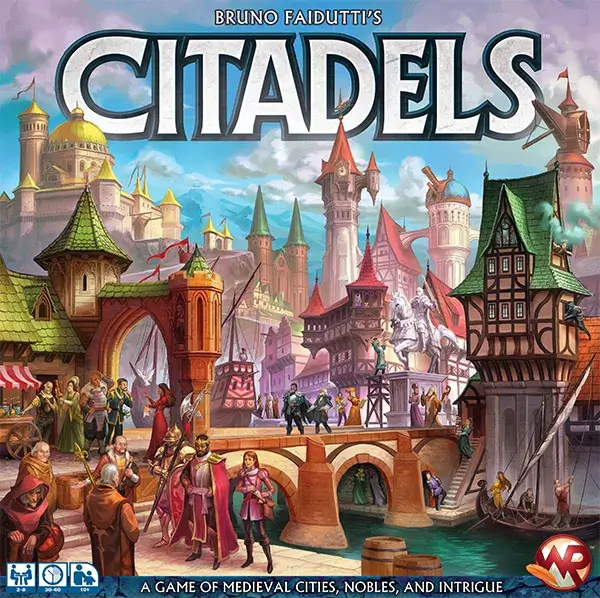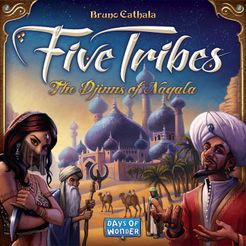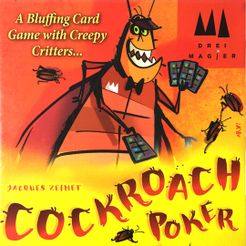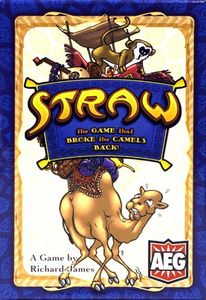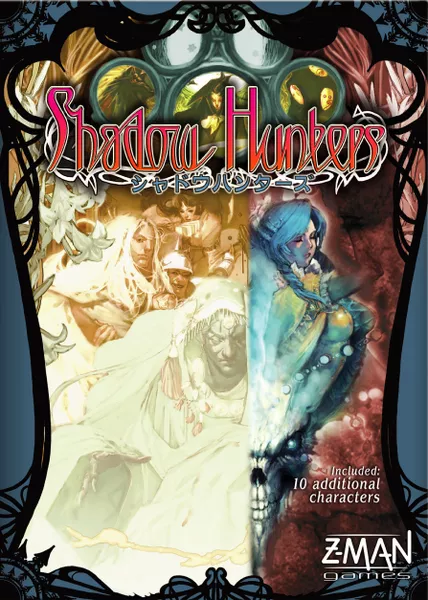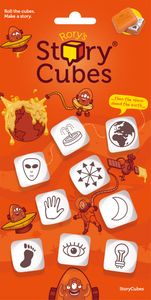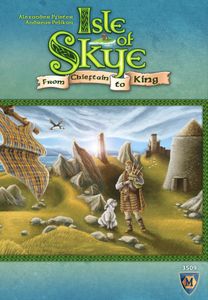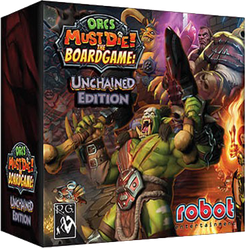Mū (2019)
- Giới Thiệu
- Hướng Dẫn
- Video
- Chơi Ngay
- Đánh Giá & Bình Luận
In Mū, you build a city composed of nine building cards, with these cards coming in five types adorned with "source symbols" for strength, faith, and food. Each edge of a building card has a semi-circle on it showing half of a source symbol. Cards also have complete symbols for strength, faith, and food on them.
Each player starts the game with two project cards — cards fueled by source tokens — and an empty 3×3 grid that shows semi-circular source symbols around the edges. The game lasts four rounds, and in each round you draft three cards. At the end of the second, third, and fourth rounds, all players compare their strengths in various horizontal or vertical rows on their grid.
In the first round, you draft three project cards, each with special effects that can be used if you fill all the source symbols on it. In each of the next three rounds, you draft and play three building cards. When you play a building card and complete one or more source symbols (by matching the colors on each half symbol), you receive a source token of that color for each completed symbol, which you must immediately place on a project.
After the third, sixth, and ninth building cards have been placed, you compare your strength in the row or column indicated on battle cards. (You have two such challenges after rounds six and nine.) The player with the most strength in the appropriate row or column receives 3 achievement points (AP), while the loser marks that row or column with a damage token. If a building card has damage in both its row and column, it's destroyed and removed from the game.
At the end of the game, players feed their city, scoring based on the number of food symbols they have and the number of non-destroyed buildings. Players also score AP for faith symbols in their city.
Mū also contains rules for a solitaire game.
Video
Nơi mua Mū (2019)
*Chúng tôi có thể được hưởng hoa hồng khi bạn mua hàng qua liên kết của các nền tảng thương mại điện tử này.



